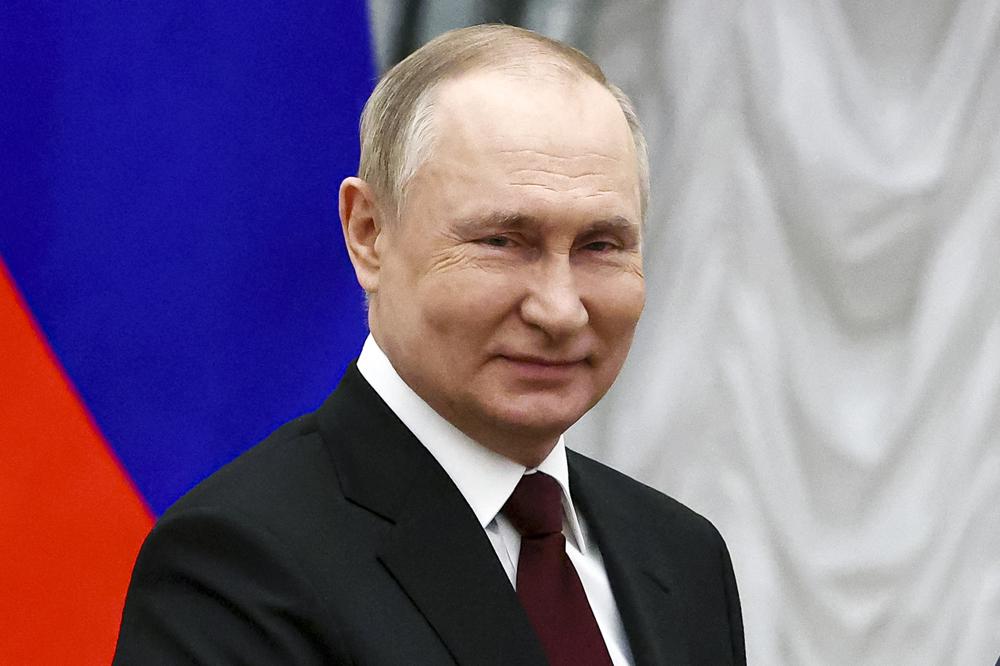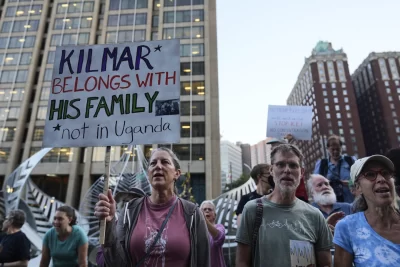
WASHINGTON — At the core of the Ukraine crisis is a puzzle: Why would Russian President Vladimir Putin push Europe to the brink of war to demand the West not do something that it has no plan to do anyway?
Russia says NATO, the American-led alliance that has on its hands the biggest European crisis in decades, must never offer membership to Ukraine, which gained independence as the Soviet Union broke apart about 30 years ago. Ukraine has long aspired to join NATO, but the alliance is not about to offer an invitation, due in part to Ukraine’s official corruption, shortcomings in its defense establishment, and its lack of control over its international borders.
Putin’s demands go beyond the question of Ukraine’s association with NATO, but that link is central to his complaint that the West has pushed him to the limits of his patience by edging closer to Russian borders. He asserts that NATO expansion years ago has enhanced its security at the expense of Russia’s.
The Russians demand a legal guarantee that Ukraine be denied NATO membership, knowing that NATO as a matter of principle has never excluded potential membership for any European country — even Russia — but has no plan to start Ukraine down the road toward membership in the foreseeable future. The principle cited by NATO is that all nations should be free to choose whom they align with.
Why, then, is Moscow making an issue of Ukraine’s relationship with NATO now? The answer is complicated.
The stated reason is that a further eastward expansion of NATO would pose a security threat to Russia. Washington and its allies deny this is a valid worry, since no NATO country is threatening to use force against Russia.
More broadly, Putin wants NATO to pull back its existing military presence in Eastern Europe, which includes a regularly rotating series of exercises in Lithuania, Latvia and Estonia, all former Soviet states. There are no U.S. troops based permanently in those three Baltic countries; currently there are about 100 serving a rotational tour in Lithuania and about 60 in Estonia and Latvia combined, the Pentagon says.
Putin also opposes NATO’s missile defense presence in Romania, a former Soviet satellite state, and a similar base under development in Poland, saying they could be converted to offensive weapons capable of threatening Russia. President Joe Biden this week approved sending an additional 2,700 American troops to Eastern Europe — 1,700 to Poland and 1,000 to Romania — plus 300 to
Germany.



